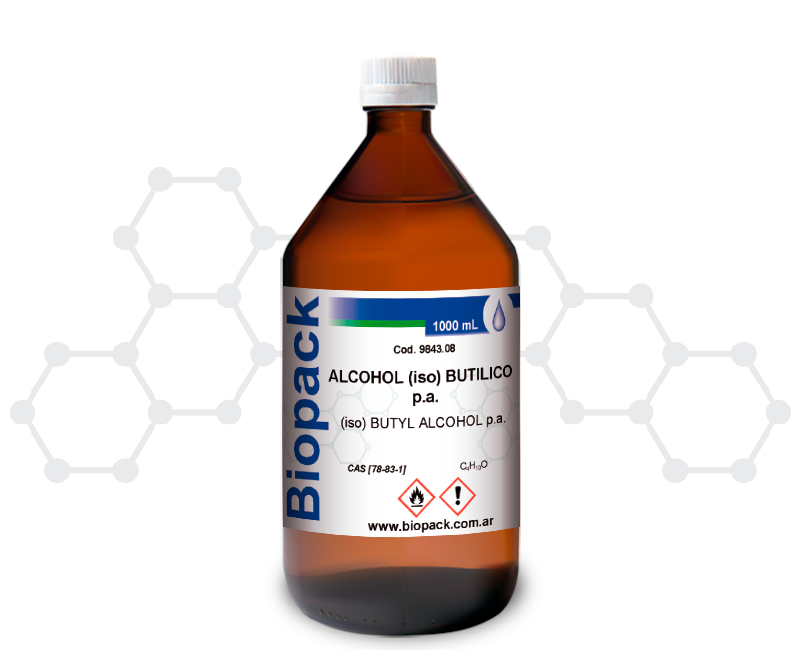

#Iso alcohol update
Update on treatments for head lice, Drug Ther Bull. Ketosis without acidosis is a classic finding in IPA ingestion.Īnonymous. Dermal contact causes a defatting dermatitis with drying and cracking of the skin, and pediatric patients can sustain chemical burns. Hypoglycemia has not been reported with IPA as it has for other alcohols.

Injuries from prolonged immobilization with CNS depression can lead to compartment syndrome and rhabdomyolysis. Hypotension signifies severe poisoning with increased mortality risk. Hypotension and hypothermia can occur with very large ingestions. Loss of consciousness is associated with respiratory depression, hypoxia, and aspiration pneumonitis. 18 Pupil size is variable, but miosis is commonly observed. Headache, dizziness, ataxia, hypotonia, hyporeflexia, dysarthria, and seizures have been reported. Aspiration of IPA can cause hemorrhagic tracheobronchitis and pulmonary edema.ĬNS depression ranges from lethargy to stupor or coma. 18 As with other alcohols, pancreatitis is a potential complication. Nausea, vomiting, and abdominal pain typically ensue, but hemorrhagic gastritis, hematemesis, and significant blood loss can result with larger ingestions. Isopropyl alcohol irritates mucosal surfaces, and GI effects typically occur early after ingestion.

18 Topical exposure leads to corneal de-epithelialization, with dermal irritation. With larger doses, peripheral vasodilation and decreased cardiac inotropy can cause hypotension. A concomitant respiratory depression can occur with profound CNS depression. Acetone can also contribute to CNS depression. Isopropyl alcohol directly acts as a CNS depressant and is considered to be twice as inebriating as ethanol. 18 Elimination primarily occurs via the kidneys, with up to 20% of IPA excreted unchanged in the urine. ADH inhibition increases the half-life to 16 to 27 hours. IPA follows first-order kinetics, with a half-life of 2.5 to 8 hours. Acetone reaches a peak plasma concentration from 7 to 30 hours postexposure and has a half-life of up to 24 hours. Many of these minor metabolic products are then converted to glucose. Further metabolic products include propylene glycol, methylglyoxal, lactate, formate, and acetate. Acetone is metabolized to acetol (hydroxyacetone) by acetone monooxygenase (see Fig. Metabolism occurs primarily in the liver by ADH into acetone. Children are especially susceptible to systemic symptoms from the dermal application of IPA used to reduce fever. Oral ingestion is the major route of exposure, but absorption can occur transdermally, rectally, or via inhalation.

Isopropyl alcohol is rapidly absorbed from the GI tract peak plasma concentrations occur within 30 minutes. 3,18 In 2013, 15,454 single substance exposures occurred, with 85% unintentional in nature, 4% having moderate to major effects, and three deaths, reflecting a low case-fatality rate. Exposures to IPA reported to US poison centers have ranged from about 15,000 to 21,000 cases/year. It is the second most commonly ingested alcohol after ethanol. IPA is commonly used as a solvent for industrial applications.
#Iso alcohol skin
IPA is found in numerous household and commercial products, including rubbing alcohol, antifreeze, disinfectants, cleaning solutions, skin and hair products, and hand sanitizers. Isopropyl alcohol (IPA isopropanol, 2-propanol, CAS 67-63-0, C 3H 7OH) is a clear, colorless liquid with a fruity odor and slightly bitter taste. Walls MD, in Rosen's Emergency Medicine: Concepts and Clinical Practice, 2018 Isopropyl Alcohol


 0 kommentar(er)
0 kommentar(er)
